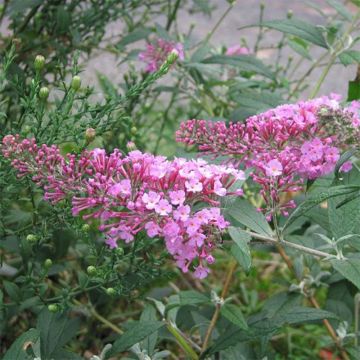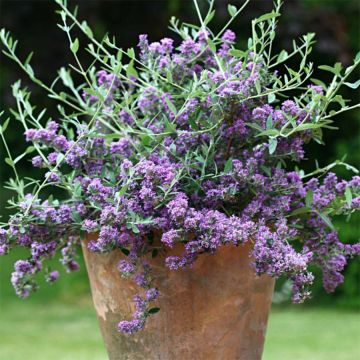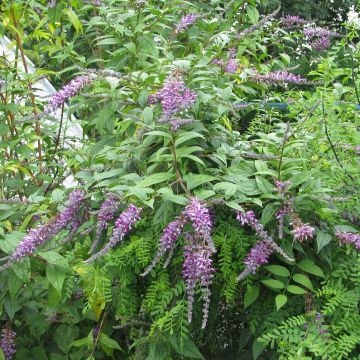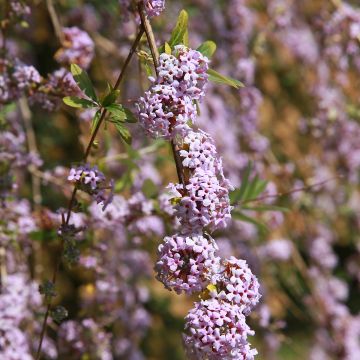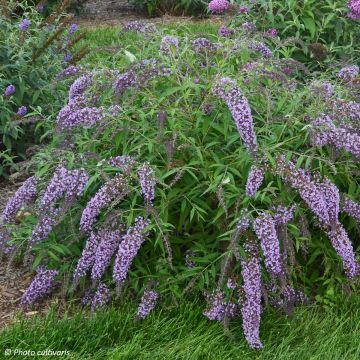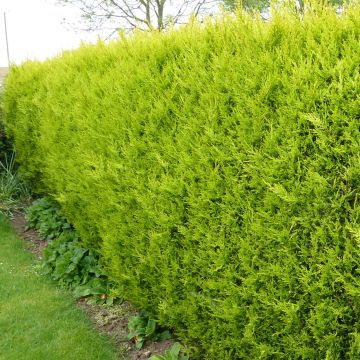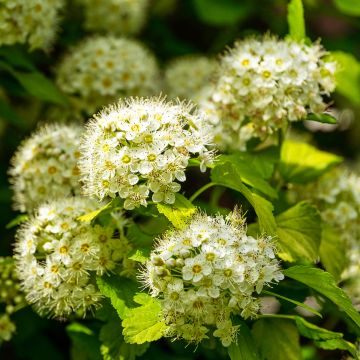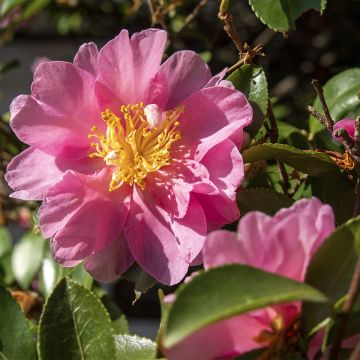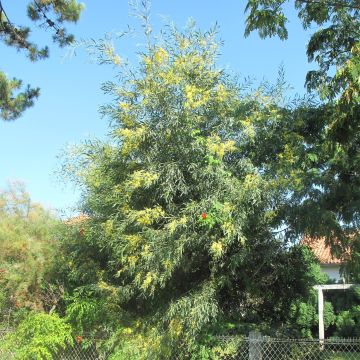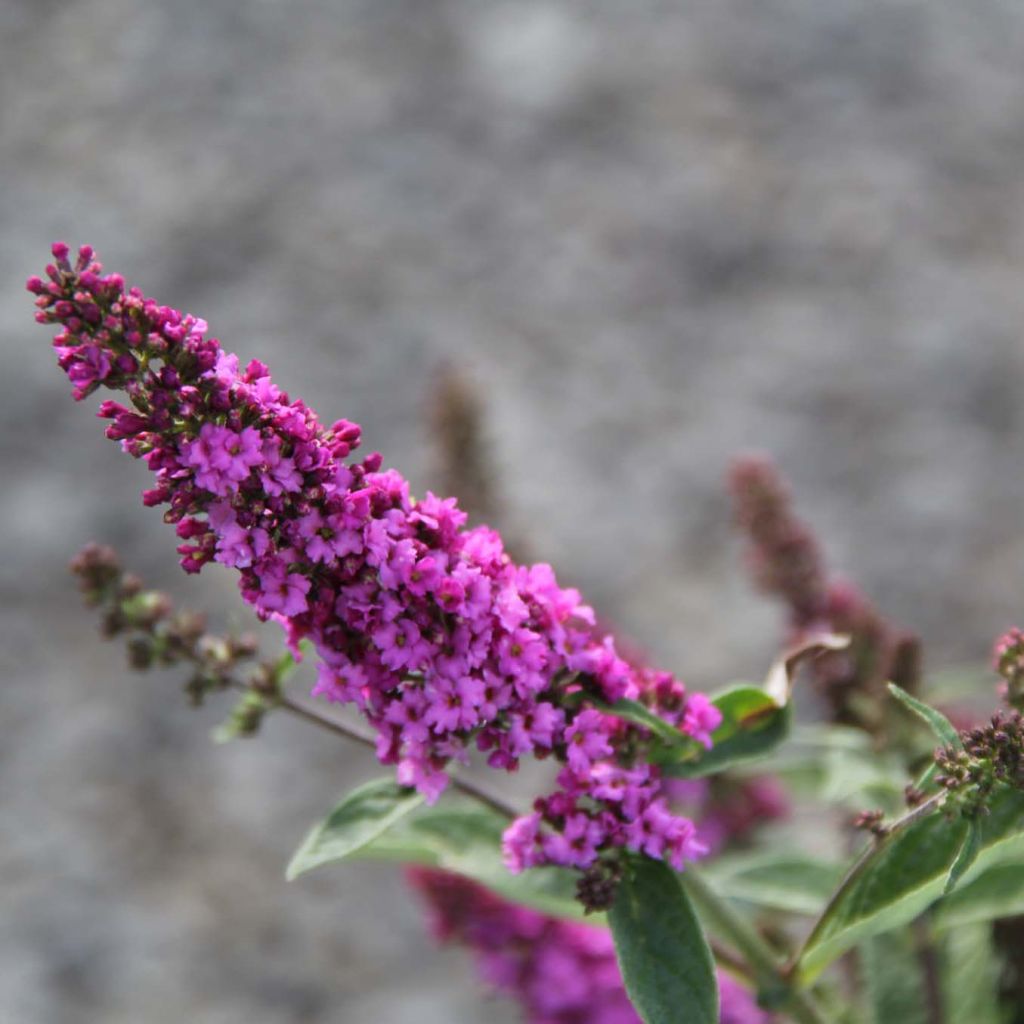

Buddleja davidii Lo and Behold Pink Micro Chip - Butterfly Bush
Buddleja davidii Lo and Behold Pink Micro Chip - Butterfly Bush
Buddleja x davidii Lo and Behold® Pink Micro Chip
Butterfly Bush, Summer Lilac
Tree that has been struggling to recover since it was replanted 1 year ago. And this despite the good care provided.
danand 51, 01/05/2024
This item cannot be shipped to the selected country
Delivery charge from €6.90
More information
Delivery charge from €6.90
More information
Schedule delivery date,
and select date in basket
This plant carries a 24 months recovery warranty
More information
We guarantee the quality of our plants for a full growing cycle, and will replace at our expense any plant that fails to recover under normal climatic and planting conditions.
From €7.90 for pickup delivery and €6.90 for home delivery
Express home delivery from €8.90.
Does this plant fit my garden?
Set up your Plantfit profile →
Description
Buddleia 'Pink Micro Chip' (Lo & Behold®) is a new and unique variety of butterfly bush from the United States This miniature bush is a real gem for the terrace, but also a very pretty plant that integrates perfectly into perennial plant beds. With an unusual habit, as wide as it is tall, and a neat appearance, it is perfectly hardy and has the advantage of flowering earlier than its larger siblings, and until late in the season, in lovely mauve-pink spikes. It is a plant for small spaces, romantic terraces, rockeries, and sunny borders. It adapts to all ordinary and well-drained soils, even poor ones, but requires full sun to thrive.
This buddleia is the result of extensive hybridisation work between the species B. davidii, B. lindleyana, B. globosa and B. fallowiana. If you don't have a buddleia in your garden because of its invasive reputation, this variety is made for you! Indeed, Buddleia 'Pink Micro Chip', the smallest of the Lo & Behold® series, only reaches 55 cm (22 in) in all directions. It forms a small, prostrate shrub, with a unique, bristly, and rounded habit. Its growth is rapid. It has the advantage of being sterile and therefore does not spread by spontaneous sowing! It develops deciduous, opposite, ovate leaves, 6 to 7 cm (3 in) long, with a matt grey-green colour on the upper side, lighter on the underside, carried by upright and fairly rigid branches. From June to September-October, it bears slightly arched flower spikes, in a pinkish-mauve colour, with a red throat, 10 cm (4 in) long, whose scent attracts many butterflies.
'Pink Micro Chip' likes well-drained soils and sunny, not too windy locations. Remove faded flowers as they appear, only for aesthetic reasons if desired, and prune severely once a year, from March to April. There is no shortage of ideas to highlight this adorable and unusual buddleia, as beautiful in the ground as in a pot. It can be used as an isolated plant, in shrub beds, as a border, in rockeries, or as ground cover. It can be planted, for example, with shrubby potentillas, creeping ceanothus, shrubby veronicas, ground cover roses, shrubby or perennial salvias, daylilies, Peruvian lilies, and many other plants according to the tastes of each gardener.
Buddleja davidii Lo and Behold Pink Micro Chip - Butterfly Bush in pictures
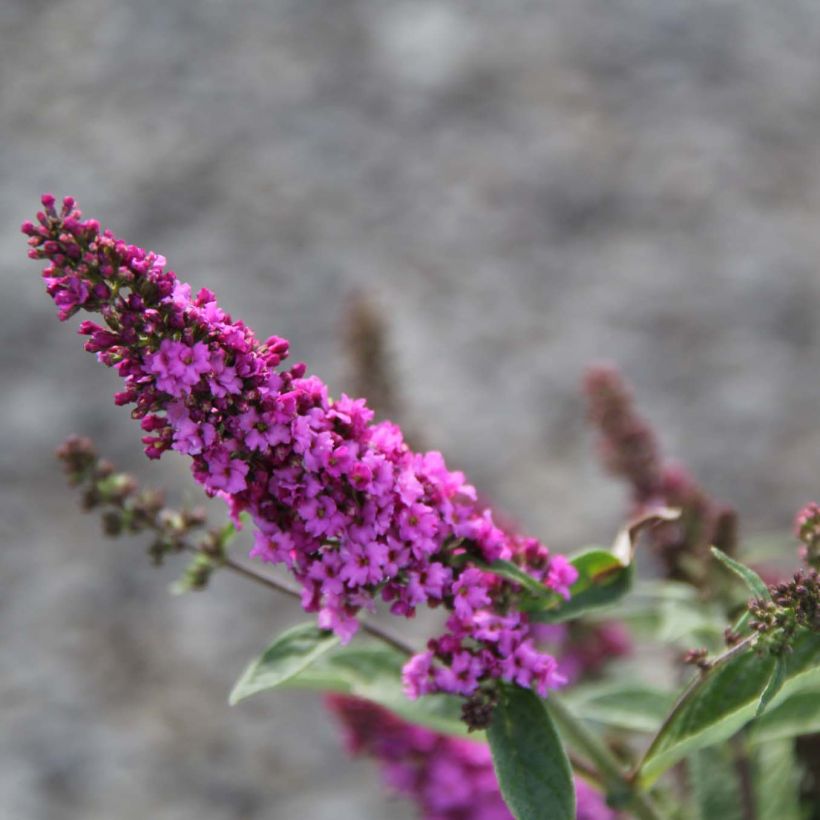

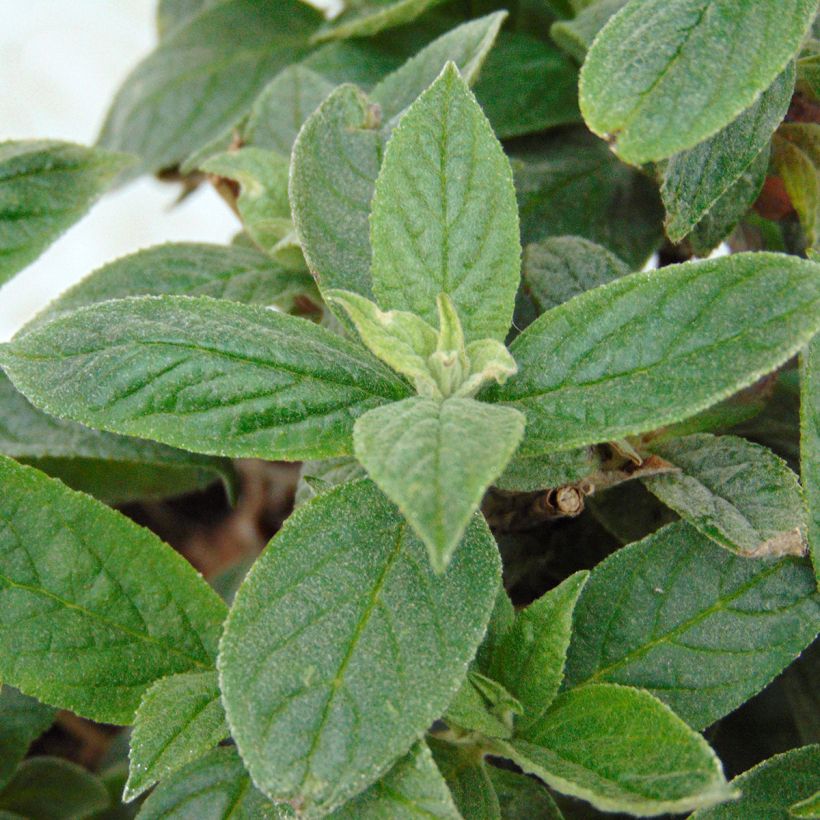

Plant habit
Flowering
Foliage
Botanical data
Buddleja
x davidii
Lo and Behold® Pink Micro Chip
Buddlejaceae
Butterfly Bush, Summer Lilac
Cultivar or hybrid
Other Buddleja -Butterfly bush
Planting and care
Plant in autumn or early spring, in well-drained and well-prepared soil, even calcareous and poor soil, in full sun. Water regularly to ensure establishment, especially during the first dry summers. You can remove faded flowers as they appear to make it look even more beautiful, but this job is not essential. Prune severely every year from March to April. It may be subject to aphid attacks. Potted plants will require regular watering as well as fertilisation with bush flowering fertiliser during the growth and flowering period.
Planting period
Intended location
Care
-
, onOrder confirmed
Reply from on Promesse de fleurs
Hedge shrubs
Haven't found what you were looking for?
Hardiness is the lowest winter temperature a plant can endure without suffering serious damage or even dying. However, hardiness is affected by location (a sheltered area, such as a patio), protection (winter cover) and soil type (hardiness is improved by well-drained soil).

Photo Sharing Terms & Conditions
In order to encourage gardeners to interact and share their experiences, Promesse de fleurs offers various media enabling content to be uploaded onto its Site - in particular via the ‘Photo sharing’ module.
The User agrees to refrain from:
- Posting any content that is illegal, prejudicial, insulting, racist, inciteful to hatred, revisionist, contrary to public decency, that infringes on privacy or on the privacy rights of third parties, in particular the publicity rights of persons and goods, intellectual property rights, or the right to privacy.
- Submitting content on behalf of a third party;
- Impersonate the identity of a third party and/or publish any personal information about a third party;
In general, the User undertakes to refrain from any unethical behaviour.
All Content (in particular text, comments, files, images, photos, videos, creative works, etc.), which may be subject to property or intellectual property rights, image or other private rights, shall remain the property of the User, subject to the limited rights granted by the terms of the licence granted by Promesse de fleurs as stated below. Users are at liberty to publish or not to publish such Content on the Site, notably via the ‘Photo Sharing’ facility, and accept that this Content shall be made public and freely accessible, notably on the Internet.
Users further acknowledge, undertake to have ,and guarantee that they hold all necessary rights and permissions to publish such material on the Site, in particular with regard to the legislation in force pertaining to any privacy, property, intellectual property, image, or contractual rights, or rights of any other nature. By publishing such Content on the Site, Users acknowledge accepting full liability as publishers of the Content within the meaning of the law, and grant Promesse de fleurs, free of charge, an inclusive, worldwide licence for the said Content for the entire duration of its publication, including all reproduction, representation, up/downloading, displaying, performing, transmission, and storage rights.
Users also grant permission for their name to be linked to the Content and accept that this link may not always be made available.
By engaging in posting material, Users consent to their Content becoming automatically accessible on the Internet, in particular on other sites and/or blogs and/or web pages of the Promesse de fleurs site, including in particular social pages and the Promesse de fleurs catalogue.
Users may secure the removal of entrusted content free of charge by issuing a simple request via our contact form.

































